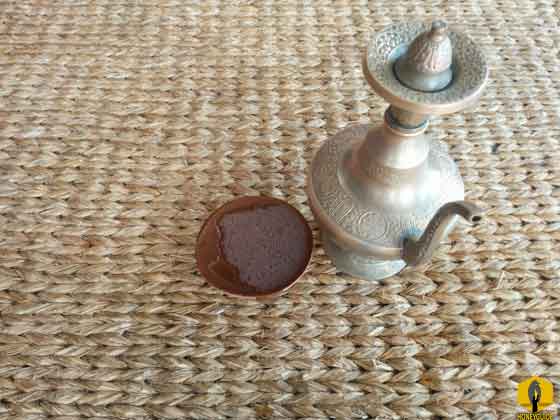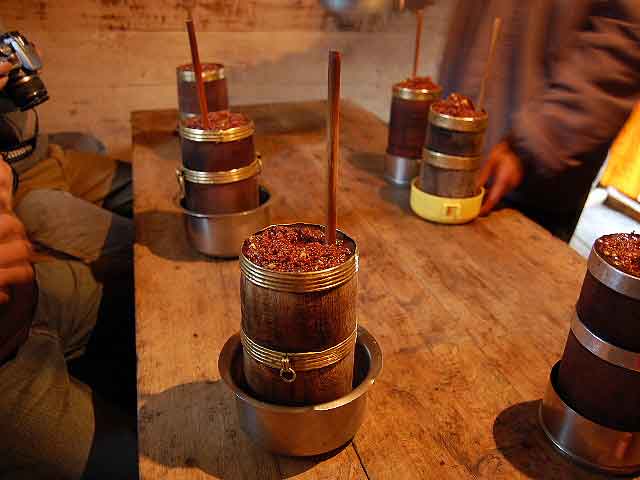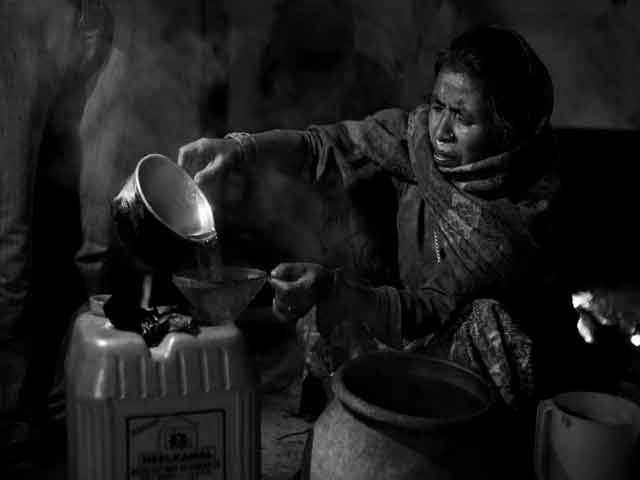Alcohol, love or hate it, is one of the oldest human habits with strong linkages to the social fabric in all societies at one point or another. In most geographical areas, it has continuously maintained its strong status as an important part of local culture and daily livelihood. Oldest confirmed records show ancient China has been consuming alcohol since last 9000 years at least.
Thanks to the availability of ingredients and simple enough process of making them, alcohol has been made and consumed everywhere in the globe for much of history. Nearly every tribe, village, state, and civilization has tailored such beverages to their own preferences. Nepal too has a set of its preferred beverages. As such beer was one of them; originated in what is now Sumer, Iraq, with records going back to 5400 B.C. and now has managed to go global eventually. Until the advent of large scale industrialized production to be sold to the masses, such local spirits were the only choice to most people in the globe. Such lasting beverages still command preference over international generic ones in many societies and cultures.
Like in other places, some are indigenous and some were imported during last few centuries. Whatever their history, they are Nepali to Nepali people as they love it, consume it and tailor it. More popular ones are:
1) Chyang:
Chyang, also popular as Chhaang on the internet is made of fermented rice and hence a little cloudy in color and has a mild sour taste, much like a mild cider. It is probably the second most consumed local drink in Nepal. While the younger generation, adept at handling potent versions like vodka identifies Chyang as a mild drink, the older generation identifies it as a potent beverage. Thanks to the ease of brew process, thousands of families and small taverns everywhere keeps the production high and the prices low. The trifecta of affordability, palatable taste and availability attributes make this one of the most preferred drinks. Traditionally, Chyang was served in brass bowls and some places still do. Today, they are typically served either in normal glasses, steel bowls or even plastic bottles. Chyang has been preferred by Newars, Sherpas & Rai, all three of whom used a bowl like utensil instead of glasses and hence the style of serving. Most commonly available type is ‘white Chyang’, the kind that appears milky. It can be brewed in two weeks. Lesser known are ‘Karthon’ – a thick brown Chyang, and ‘Hyaunthon’ – red Chyang. Both are fairly rare but are easily available if one knows where to look. Both tastes similar to cider, but Karthon is not as widely preferred as its white cousin. It does pack a good punch though. Hyaunthon is also mild and would be preferred if not for the price that is nearly ten times that of the white Chyang.

2) Aila:
This is the most potent of any alcoholic beverage found in Nepal. High alcoholic content is immediately revealed by the unmistakable odor. Water clear in appearance, it tastes very much like a good quality Baiju. It’s brewed from millet and then distilled. In good taverns or restaurants that feature Aila, choices are offered among single, double and triple distilled, locally referred to as ek pani, dui pani, tin pani respectively.
“Rocket Fuel” or “Lighter Fluid” seems to be natural and common verbal reaction of westerners who sample it. Served in a clay pyala, it is poured from an Ainti, traditional pitcher uncannily similar in shape to Persian Surahi jugs. Typically, its poured initially from the lower height and then the ainti is raised gradually to nearly waist height. This style of pouring is not only pleasing to the eyes but also arouses people sitting close by strong and amplified essence of the liquor.
Himalayan Distillery’s Aila is the first attempt to commercialize to mass market. The vast majority of Aila is brewed and distilled at homes including these being sold in taverns, mostly by Newari people.
Forget tequila shots, try aila when in Nepal or in Kathmandu. Just the sensation of mildly burning throat, food pipe, stomach and intestines will be a memorable mini adventure.

3) Tongba:
Commonly pronounced as tum-baa by locals this is the most popular alcoholic beverage in cooler parts of eastern Nepal. Like Chyang, it is popular among Rai’s, Limbu’s and Sherpas, but mostly in eastern regions of Nepal. It is also highly popular further east in Sikkim and Darjeeling, India.
Unlike most alcoholic beverages, millet is brewed without additional water. Technically it falls in the category of beer but unlike beer, the almost waterless brewing process leaves many confused. Boiled millet is fermented for a week or two. For consumption, container-full brewed millet is served and then hot water is added. Alchohol in fermented millet is soaked by the hot water that is drunk through a wooden or metal straw. Traditionally they are served in a large wooden container called Tongba, hence the name. The fermented millet is also distilled to make other beverages, or more commonly Arak. The combination of alcohol and warm water heats one body quickly and significantly. It’s consumed mostly in winter or in cooler places like hilly and mountainous regions of eastern Nepal mostly.

4)Raksi:
Raksi today is a generic name for all alcoholic beverages but once it referred to a specific type of alcoholic beverage. Probably distorted by bad translation, when westerners say Raksi, to Nepali who may not work in touristy restaurants, the term can be misleading. The specific beverage in discussion here is more commonly recognized as Kodo ko Raksi (direct translated to ‘alcohol made from millet’) or Arak. Like all in the list, this too is generally moonshine. From the eastern border with India to regions just west of Pokhara, the beverage is common and brewed in thousands of homes but mostly for in-house consumption.
Typical arak has anywhere between 20 to 30 or maybe even slightly higher level of alcohol content and mild in taste. Good ones are nearly as tasteless as water. The drink does tend to hit people slow and late. This sometimes leads to higher consumption as less familiar people mislead themselves due to the particular trait.
Warnings are in order to tourists as this is also the most counterfeited beverage. Counterfeiters are known to add dangerous chemicals to increase their profits. Only drink it if you can ensure they are well brewed or are sold in places with a good reputation.

5) Corn & Millet Chyang:
The term Chyang by default means it’s made from rice. Although much harder to find and much less brewed, Chyang is also made from either corn or millet or sometimes even both combined. As they are rare even in higher mountains, they deserve a separate category, or at least we think they do. Brewing process is the same and so is the style of serving. Taste is also similar except it’s a little less sour. It’s almost impossible to find in taverns or restaurants in Kathmandu or other cities for that matter. Lucky one may be able to find it in place of higher elevation east of Kathmandu, and that too in winter only. There are many more of such beverages. Even though not as widely popular, they are still loved and consumed in many localities and will be featured here. Stay tuned.








